Amid China’s trade war Australian Producers Grapple With new world order
By
Jon Daly, Daniel Mercer, and Wing Kuang
For years Australia’s farmers have pegged their future prosperity on the growing Chinese market, but those targeted by a barrage of trade sanctions are developing new trade ties.
Key points:
- It is the first anniversary of Chinese trade strikes on Australian exporters
- The value of lost trade is estimated at $10 billion, but much has been offset
- Hopes for the normalisation of Australia-China trade ties are fading
Twelve months after Beijing kicked off rolling trade sanctions by slapping tariffs on barley, affected exporters are waking from their Chinese dreams and offsetting losses by trading with other countries.
The shift has prompted a leading Australian think tank to label Beijing’s strategic campaign of economic “coercion” against Canberra a failure.
“If China’s goals were to change Australian policy, inflict economic damage or to send a warning to third countries about crossing Beijing, then I think it’s safe to say China has basically been failing on all three accounts,” Lowy Institute lead economist and director of the international economics program Roland Rajah said.
So is the Australia-China trade dream over?
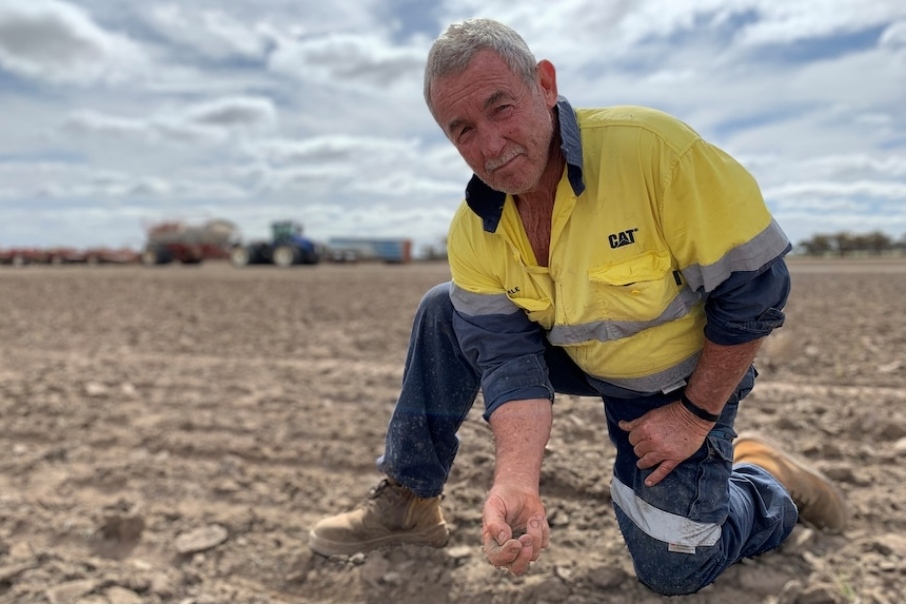
Barley grower Graeme Robertson, from Kulin in WA, says confidence has returned.
When news broke of China’s decision to hit Australian barley exports with a crippling 80 per cent tariff 12 months ago, West Australian grower Graeme Robertson feared financial ruin.
The timing of the tariffs came at the worst possible moment — right after he had sown most of his barley crop.
Mr Robertson said prices collapsed in the wake of the impost but, one year later, the market had held up remarkably well thanks to Australian efforts to find other buyers, such as Saudi Arabia.
According to the Australian Bureau of Statistics, only 33,000 tonnes of Australian barley were exported to China since October last year.
In the same period Saudi Arabia became the biggest market, taking 1.5 million tonnes.
WA grain growers are now set to plant a near-record barley crop across the grain belt this year.
“One door closes and another one opens,” Mr Robertson said.
“You’ve just got to be at the door when it’s your turn.”
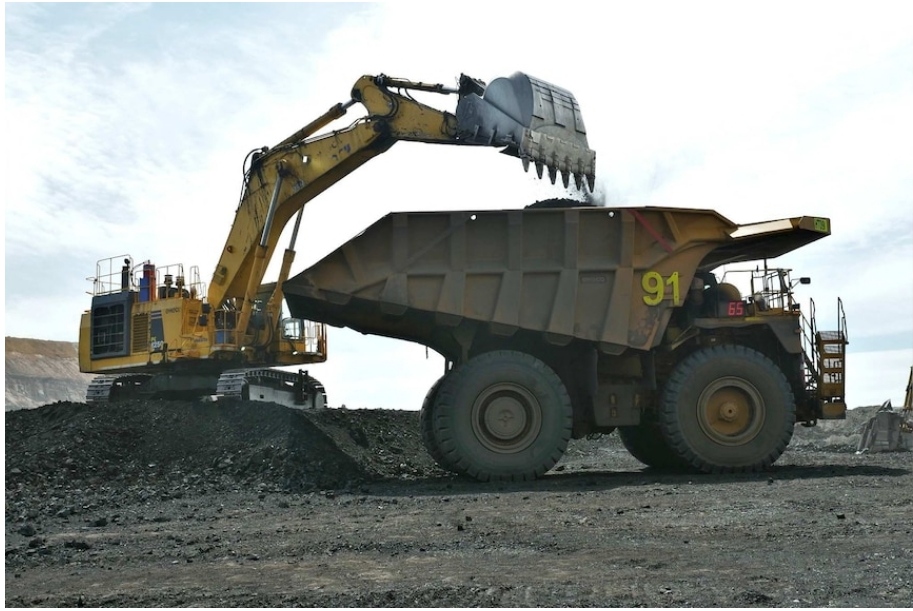
Australian coal exports have been targeted by China.
Coal finds a way
There are parallels between barley and coal, which was Australia’s most valuable export commodity affected by informal Chinese import restrictions late last year.
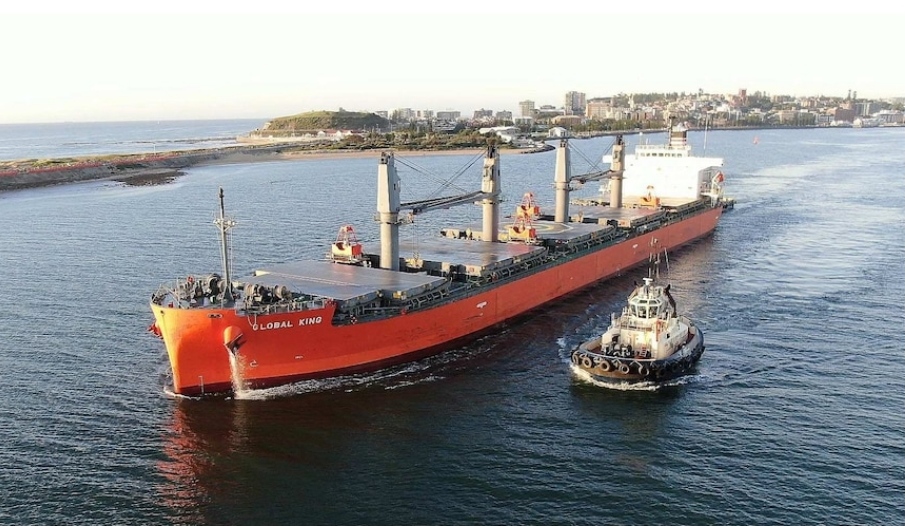
Normally one in five coal ships leaving the Port of Newcastle are bound for China. The latest shipping schedule reveals that number is now zero.
Despite the setback, the industry is touting its “resilience” and ability to find new markets.
Since China imposed informal import restrictions in October last year, Australian coal exports have fallen to almost nothing.
Queensland Resources Council chief executive Ian Macfarlane, a former long-serving federal resources minister, said India in particular had picked up much of the slack because of its economic efforts to recover from the pandemic.
“The lesson that’s been learned is to not put all your eggs in one basket,” he said.
“Companies have moved to other markets — they’re building long-term relationships there, which will stand them in good stead well into the future.”

Roland Rajah from the Lowy Institute says Beijing’s strategic aims have not been met.
Market diversion comes at the cost of premiums once offered in China’s lucrative trade, as exporters are forced to sell into price-sensitive markets, according to Mr Rajah.
He said there had been a $10 billion loss to export with China in annualised terms, but the majority had been recouped in other markets.
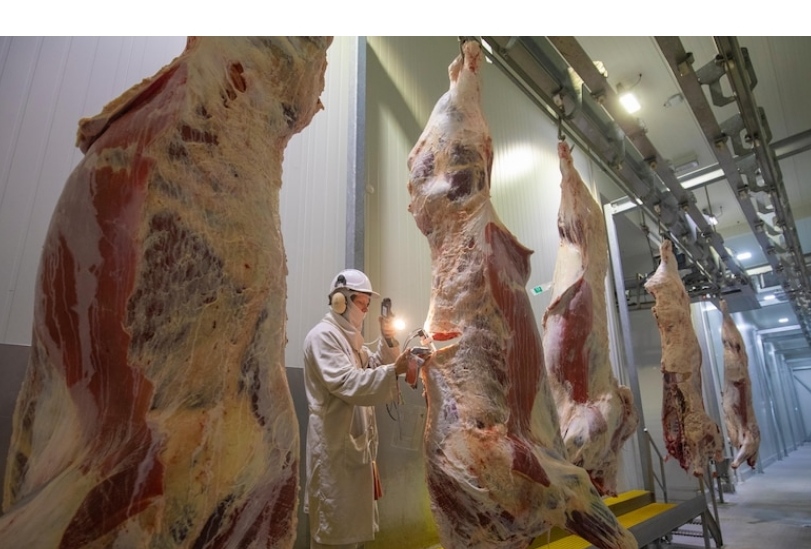
Kilcoy’s Queensland processing plant has been affected despite its Chinese ownership.
Australia’s beef exports were another key commodity affected by trade tensions and beef export volumes and value to China fell by 35 and 28 per cent last year respectively, though the decline was largely driven by drought-related supply issues.
Queensland beef processor Kilcoy Global Food was among several abattoirs banned from exporting to China over labelling and chemical residue problems.
Jiah Falcke, the Australian division president of the Chinese-owned facility, was circumspect on the diplomatic stoush and instead focused on pivoting to other markets.

From the barley fields of WA to the lobster trawlers of Hobart, Four Corners shows the human and financial cost of the ongoing trade war with China.
Australia had become its biggest market for the first time in Kilcoy’s 70-year history and other overseas markets, such as Japan and South Korea, cushioned the blow from China’s ban, according to Mr Falcke.
“We’ve been able to manage the disruption, if you like … simply because it happened at the time of a global pandemic, so we were already transitioning as a business,” he said.
Mr Falcke said Kilcoy was eager to return to the Chinese market and had invested $1.4 million in upgrading its labelling systems to support the resumption of trade.
The Australian government said it had made little progress with Chinese authorities to overturn the beef export bans.
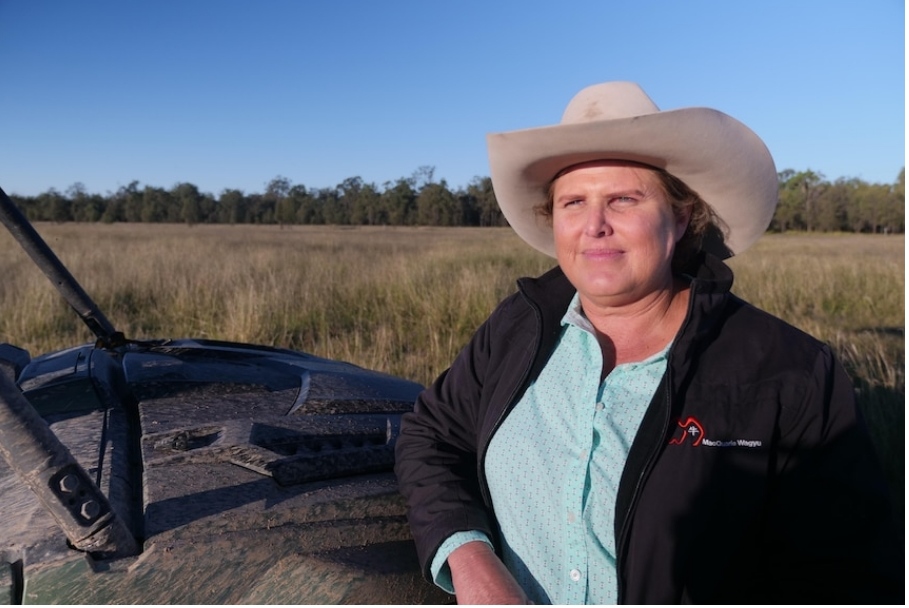
Some Australian producers are still finding ways around Chinese trade barriers.
China is still Australia’s number one agricultural goods market and despite the current tensions, some producers are finding ways around trade barriers.
Southern Queensland Wagyu beef producer Chantal Winter’s trade connection to China was cut when her processor’s abattoir was banned.
She said the supply chain had shifted to a new meatworks and her premium beef was still finding its way to Chinese consumers.
“I just want to keep surviving and doing what we do best and, hopefully, keep supplying the market,” Ms Winter said.
“Pull the politics out of it and let’s focus on what we’re really providing and what Australia provides.
“I always talk about blokes puffing their chests out and being cocky and being roosters, but, yeah, let’s focus on reality and what we’re really providing.”
Tough tactics
Premium products, such as wine and lobsters, are experiencing the most disruption as a result of trade tensions with China.
Australia’s wine producers were hit with punishing tariffs of up to 212 per cent in November.
In the 12 months ending in March 2021, the value of China’s mainland wine market had fallen by 24 per cent to $869 million.
The outlook for the rest of the year is grim.
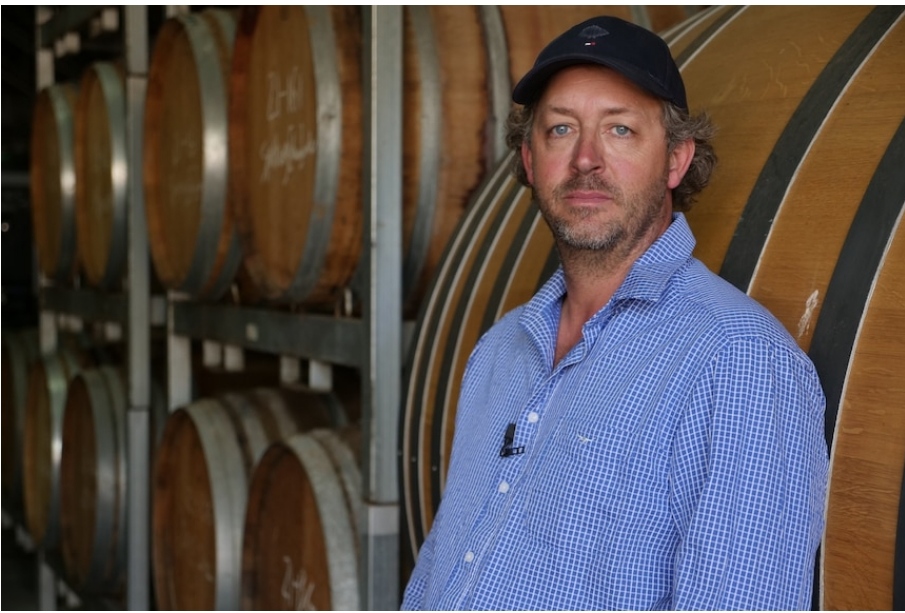
Hunter Smith from Frankland Estate in WA says marketing efforts are being directed away from China.
West Australian winemaker Hunter Smith said the government’s desire to stand up for Australian values was understandable, but “a different approach would be more beneficial”.
“On face value, it seems there is just this little stoush going at the moment — or rather large stoush,” he said.
“We’ve just got to keep our head down and focused on our business and trade globally.”
Mr Smith, who owns and runs Frankland Estate about 350 kilometres south of Perth, said he held little hope in the short term of a turnaround.
But he said the business would continue to maintain its own ties and look to other markets, such as North America and the emerging Russian market.
For Chinese consumers keen to keep eating Australian beef or drinking Australian wine, the trade row is yet to hit home.

Chinese consumer Cindy Guo, from Tianjin, says Australian wines are getting harder to find.
Cindy Guo, a 31-year-old corporate worker from Tianjin in China’s north east, said Australian wine was still favoured by consumers, though it was getting harder to find.
Ms Guo said a major selling point for Australian wine was its “reasonable” price, which she noted would inevitably rise because of the tariffs.
“If the prices become no longer reasonable, I might just turn to other substitutes, such as wines from Chile,” Ms Guo said.
“Australian wines are of good quality and reasonable price, but if the relations between the two countries continues to worsen, we may drop Australian wines and turn to others.”
Overall, the escalating trade tensions have barely made a blemish on Australia’s $150-billion trade with China, which is buoyed by booming iron ore and LNG exports.
“We still have the mining-driven story in terms of our relationship with China,” Mr Rajah said.
“But it does seem that this idea that China is going to be an economic boon for the rest of the Australian economy, that now is very much thrown up into question and quite possibly irrevocably.”
The current trade relationship is a stark contrast to the “historic” China-Australia Free Trade Agreement signed at the end of 2015.
“There was this broadening out of the economic relationship with China,” Mr Rajah said.




